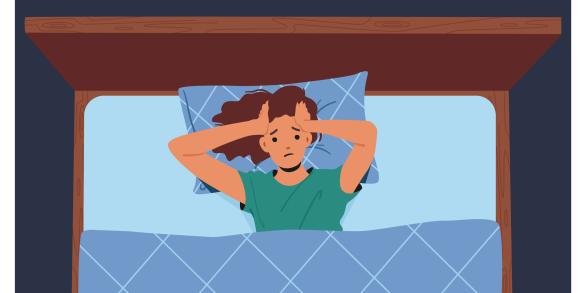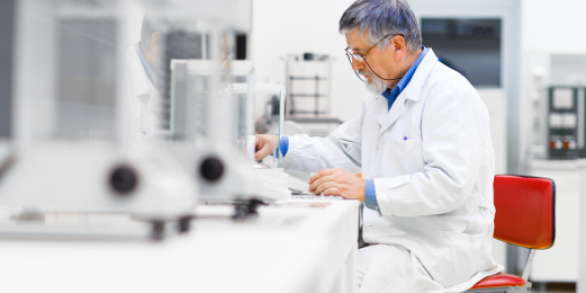We're hiring ! Join us and make a difference in our hospitals
Sleep apnea
Summary

What are sleep apnea?
As the name indicates, sleep apnea is when breathing stops, for at least 10 seconds, during sleep. If this happens more than five times an hour, you are no doubt suffering from obstructive sleep apnea-hyponea syndrome (OSAHS).
OSAHS is often but not always accompanied by snoring. In any event, it affects the quality of sleep. Not only do persons with this condition wake up feeling tired, but in the longer term OSAHS has a series of physiological and/or psychological consequences that can give rise to cardiovascular, pulmonary, metabolic, haematological, psychiatric (depression) or cognitive (memory and concentration problems, etc.) complications. Far from being inconsequential, OSAHS impairs the quality of life and brings a risk of premature death.
Care
Some specialist doctors at the H.U.B have particular expertise in sleep disorders. These are mainly psychiatrists, ENT specialists, pneumologists, neurologists or even stomatologists. These specialists can prescribe a polysomnography or sleep test at the H.U.B. Sleep Laboratory.
What are the procedures for a sleep test?
You generally arrive at the Sleep Laboratory at around 2 pm. A member of staff will show you to a private room. Before lying down you are fitted with a number of sensors connected to various measuring devices. Depending on the case, a video camera may record you during the night. This enables the team to detect any abnormal movements (sleepwalking, epilepsy, etc.), to ensure you are safe in the event of nocturnal restlessness and to reconnect any sensor that may become detached during your sleep.
The next day the numerous data collected are analysed. This analysis makes it possible to confirm the OSAHS diagnosis and/or identify any other sleep disorders. A secondary assessment by another specialist doctor is sometimes necessary.
Treatment
Depending on the causes, origin and seriousness of the OSAHS, various treatment is possible:
- People with OSAHS caused by sleeping on their back are offered positional therapy to correct their sleeping positions.
- As being overweight or obese is the number one risk factor for OSAHS, patients are always advised to lose weight.
- Alcohol, smoking and taking myorelaxant drugs (such as benzodiazepines) can also aggravate OSAHS. Patients can therefore be directed towards specialised care to help them reduce or stop the use of these substances.
- The Continuous Positive Airway Pressure (CPAP) machine is a mask, usually nasal, that is worn during the night to correct apnea.
- A mandibular advanced orthosis is generally indicated for a mild to moderate OSAHS (< 30 apneas/hour). This orthosis is made to measure in the Department of Stomatology
- Maxillofacial surgery makes it possible to correct in apnea sufferers the position of the mandible (lower jaw) and of the maxillary (upper jaw) and is recommended for moderate to severe OSAHS (> 30 apneas/hour).

Research
The H.U.B Sleep Laboratory participates in a number of studies. An important line of research is the connection between sleep disorders and certain cardiovascular and neurological diseases (MS, Parkinson’s, etc.), the polysomnographic markers of certain pathologies, etc.